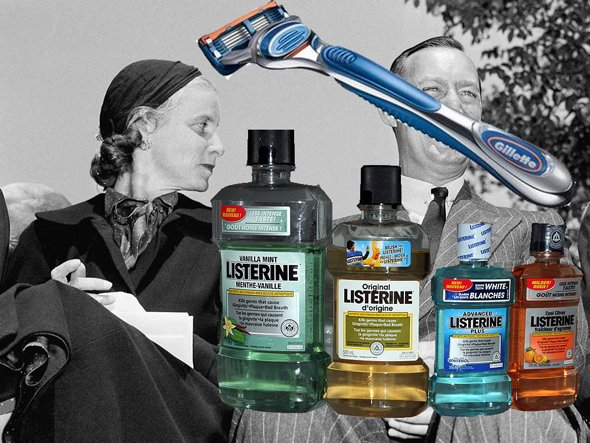
The Invention of Listerine
Listerine commercials that warn about how many patients suffer from the gum disease known as gingivitis underscores a serious problem. Medical science was wrestling with how to stave off infection during a surgery. It was the turn of the 20th century when Dr. Joseph Lister discovered that carbolic acid kills germs.
Listerine was never meant for oral consumption. How it got there is an interesting story.
Far more people were leaving hospitals in body bags than on crutches because surgery wasn’t clean, and people died frequently from infections. Today’s hospitals have extremely strict policies regarding germ-free areas. There was a saying during those days, a kind of morbid running gag, that “the operation was a success, but the patient died.”
Another rather chilling fact that Listerine indirectly help to cure was amputation. It was safer to amputate than to open and leave a wound, infection was rampant. Because this procedure was extremely common, mortality rates were extremely high.
When Listerine was first introduced as an antiseptic, it took some time to impact the mortality rate. By 1910, just 25 years since the introduction of Listerine, the rate of death had gone from 40% to 3%. This was thankfully just before World War I, which was already one of the deadliest wars humanity has ever waged. It’s troubling to wonder what may have happened had Listerine not come to market.
There was just one drawback: it was tough on skin. Surgeons eventually replaced it with boracic acid, and Listerine became an oral treatment to stop plaque and save people’s job interviews.
Phineas Upham is an investor from NYC and SF. You may contact Phin on his Phineas Upham website or Facebook page.



